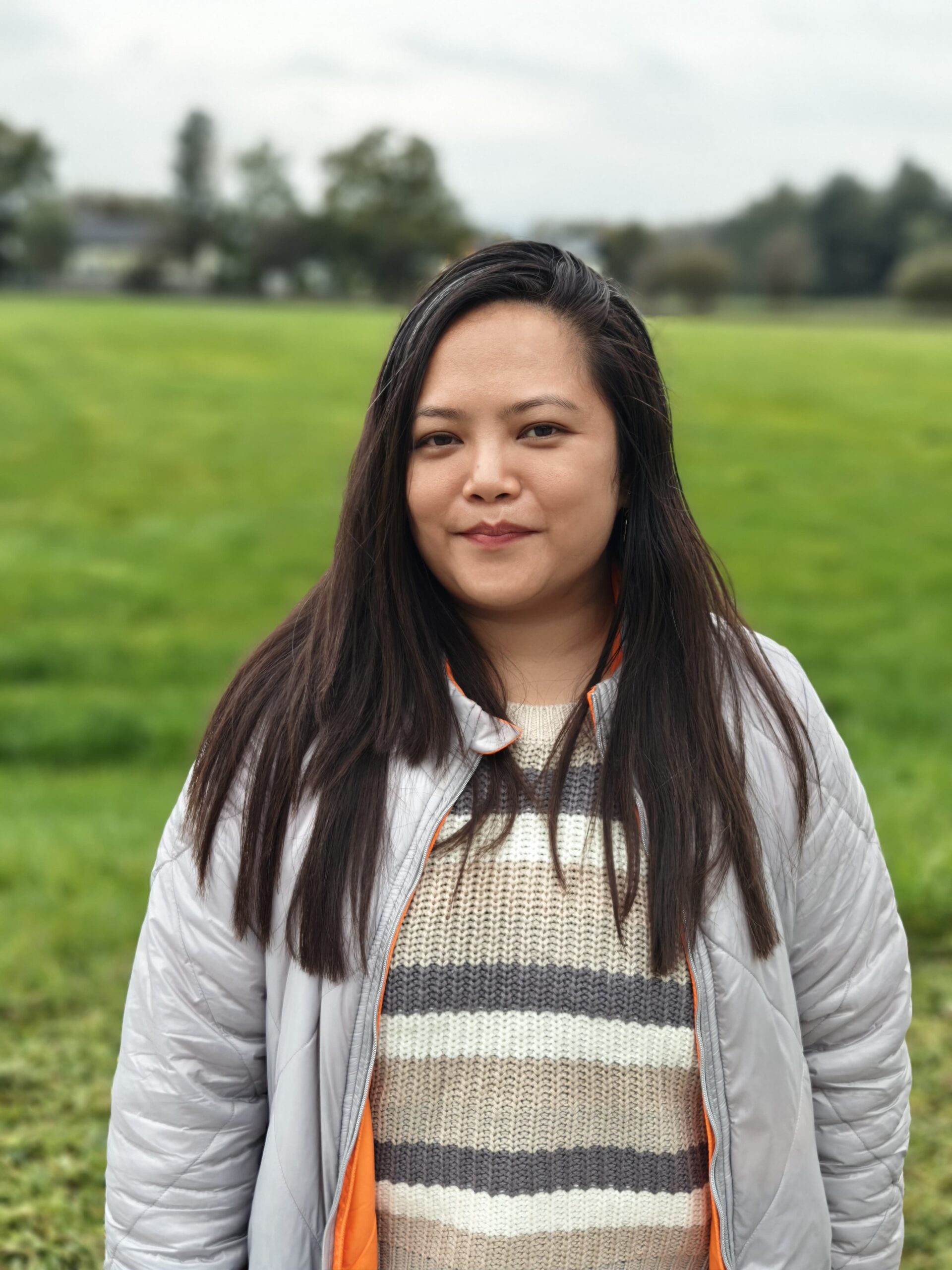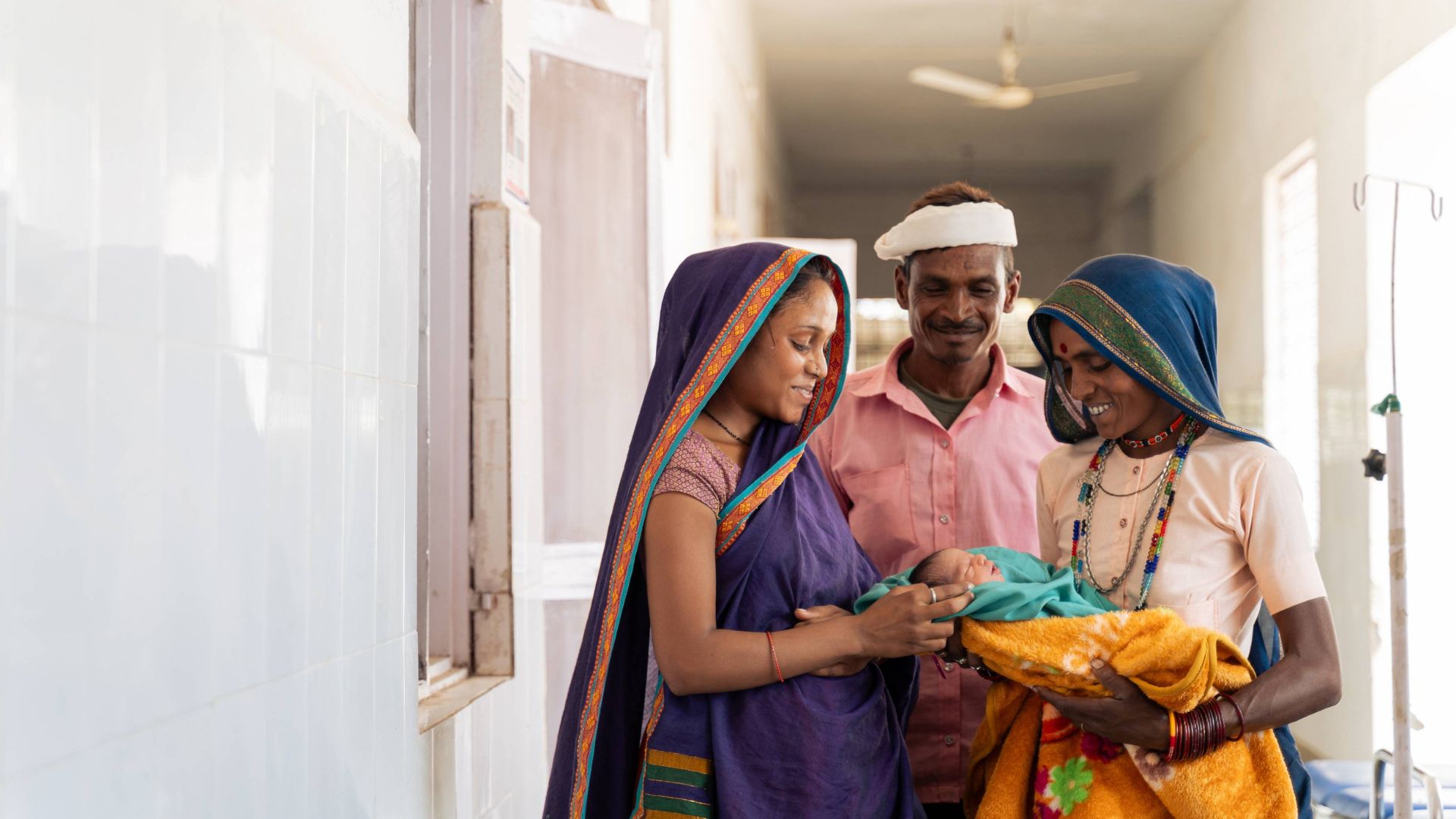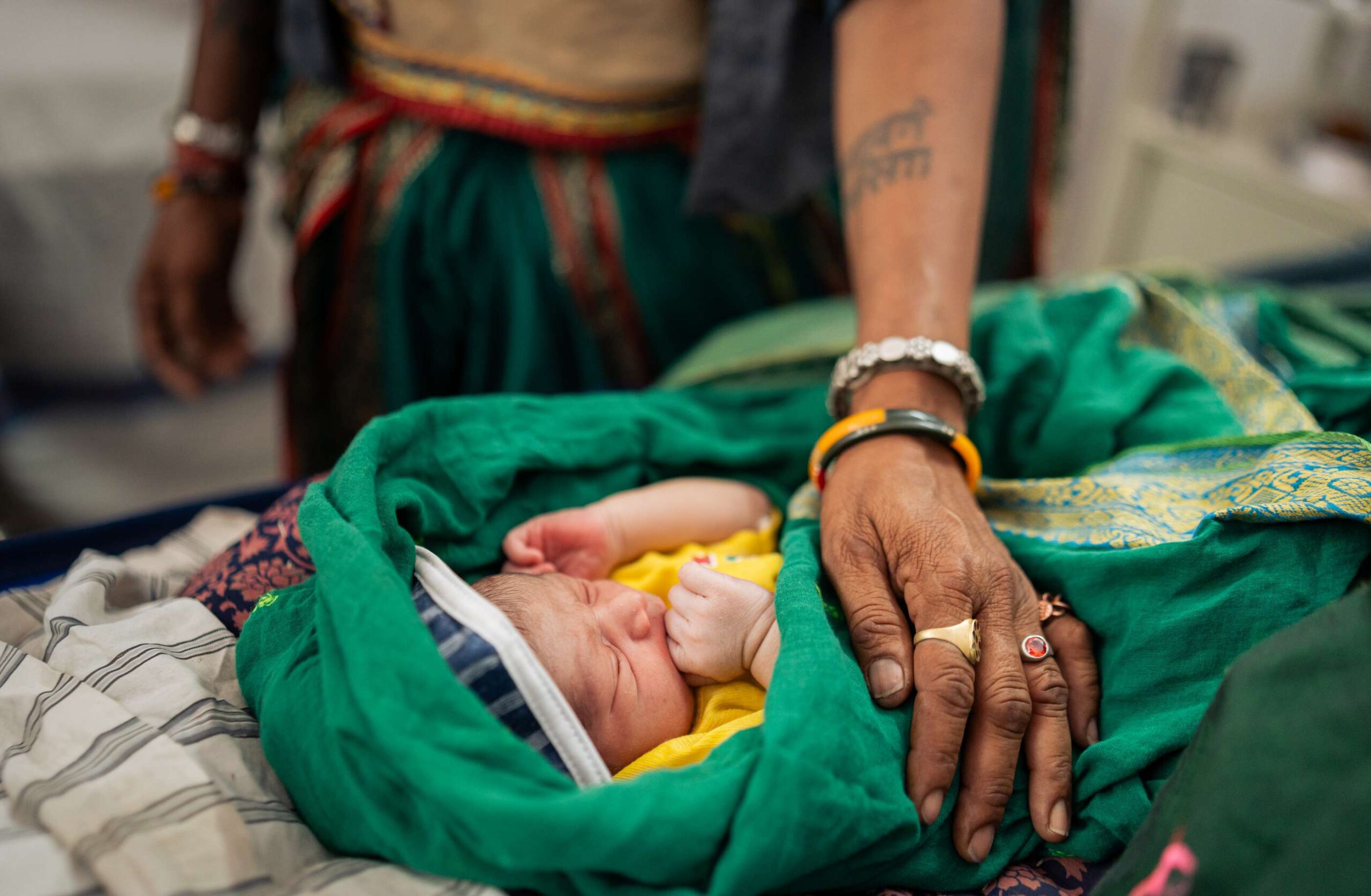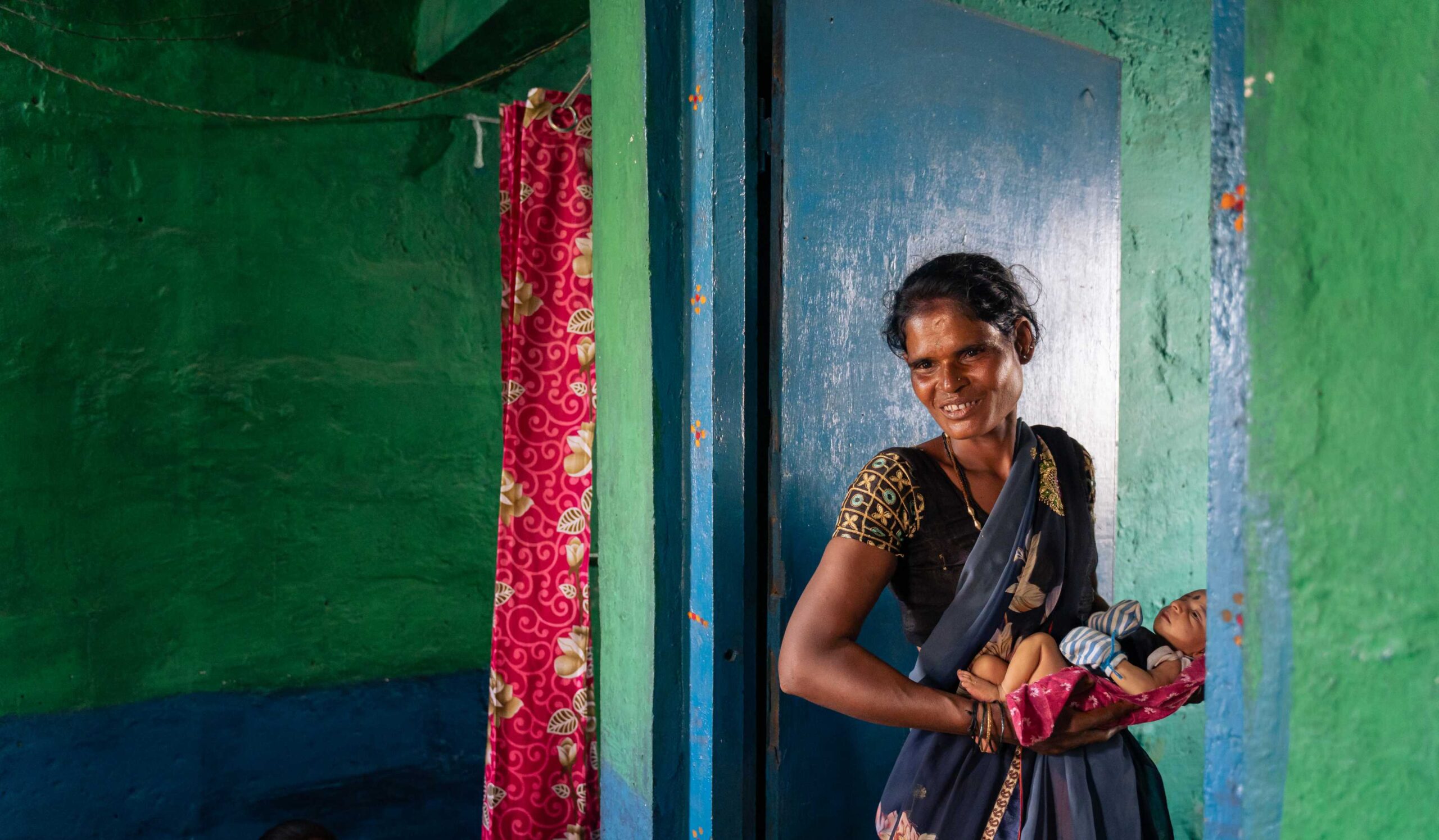
Designing for critical care decisions at home
Insights from mothers navigating caregiving challenges and medical advice.
A new mother often finds herself at a crossroads, caught between traditional knowledge and modern medical advice. Decisions about what to eat, how to care for herself, and how to feed her baby are shaped not just by personal choice but by family members, cultural traditions, and societal expectations.
These deeply ingrained influences can sometimes override even the most well-designed healthcare interventions. As design researchers in public health, we must recognize that knowledge alone is not always enough — effective interventions need to account for home realities and cultural traditions that shape behavior in ways medical advice cannot address.
In 2024, Noora Health’s design research team set out to rethink the maternal and newborn health Care Companion Program (CCP), which equips mothers and family caregivers with the knowledge and skills to make informed care decisions. After a decade of work across India, we felt it was time to review our approach — examining which elements were driving meaningful impact and which areas needed refinement to better serve families and healthcare systems.
And so, we conducted home visits across the states of Karnataka, Haryana, Madhya Pradesh, and Himachal Pradesh to gain a deeper understanding of patients and caregivers’ living conditions. We spoke with families who had participated in CCP trainings, gathering insights into the realities shaping their healthcare choices.
As a design researcher who has primarily worked on shaping user behavior in the context of products, I am used to working with clear outcomes — measurable metrics, nudged behaviors, and systems that respond predictably. Public health, however, operates on a different scale, one where uncertainty is a constant. Social and cultural influences vary widely across families, households, and geographies, making it impossible to apply a one-size-fits-all approach.
Through this research, this complexity became even more apparent. I found myself reflecting on three key conundrums — not just abstract challenges, but real tensions that come from the diverse contexts in which public health programs need to operate.
1. Rational choices vs. situational realities
“Her uncle is screaming at me for not giving water to the baby. Her dad is also very angry with me for not giving her water. Her grandmother is feeding her water. No one is listening to me,” said a new mother from Haryana, exasperatedly.
Sometimes, all the knowledge in the world fades into the background when you’re sitting under a thatched roof, the floor radiating heat, and a semi-functional fan barely stirring the thick, 45-degree summer air. It’s not just about physical discomfort — something a new mother is already grappling with — it’s about deeply rooted customs and realities that shape caregiving practices and can make decision-making feel impossible. Take water, for instance. It may seem harmless especially during summer, but for newborns under six months, feeding water may cause water intoxication and nutritional deficiencies. This is why medical guidelines (and our training) recommend exclusive breastfeeding as the safest practice, since breast milk alone meets all of a baby’s nutritional needs.
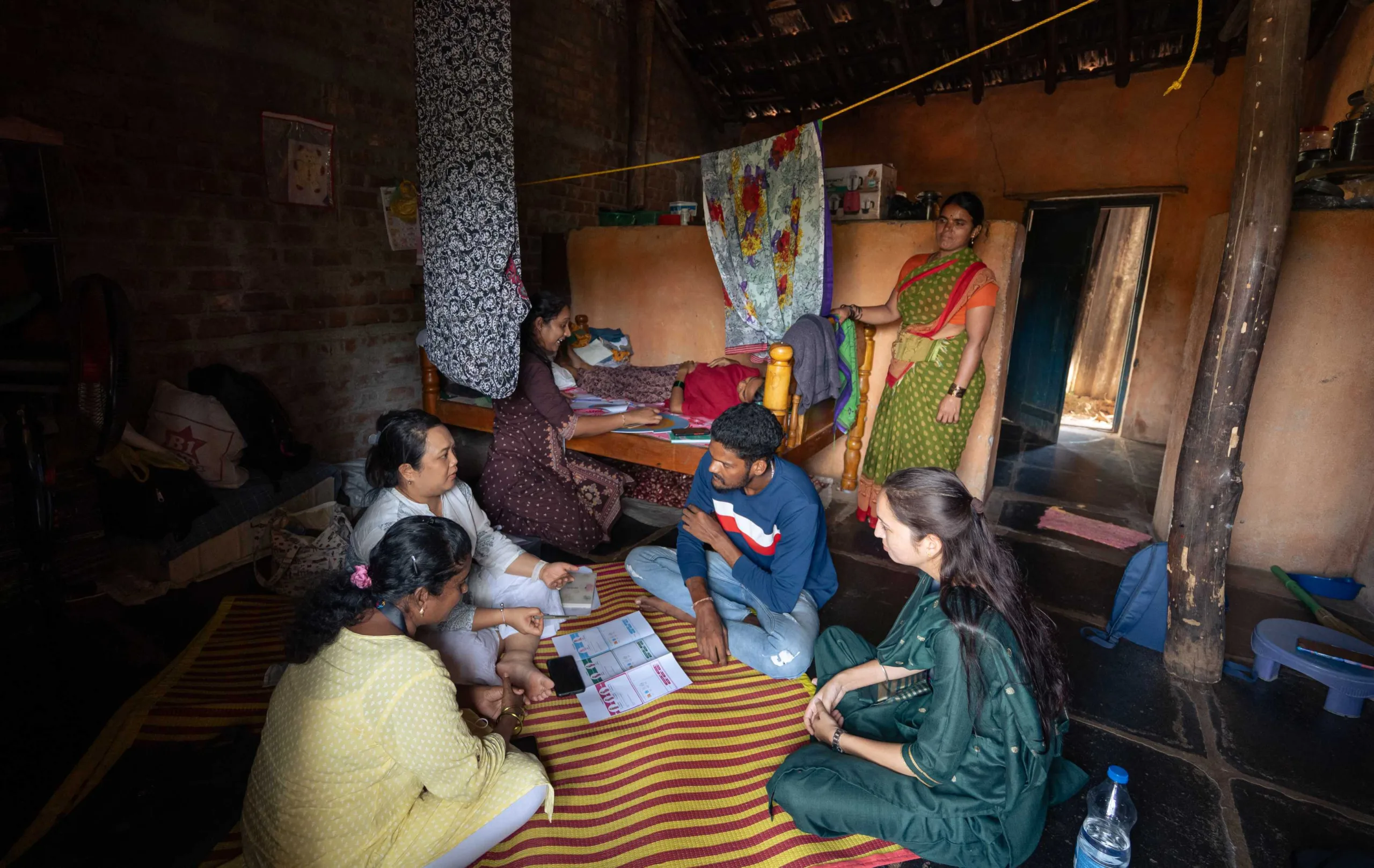
Logically, in this situation, we’d expect the mother to follow her healthcare provider’s guidance and even educate her family. But in that moment, defying a direct command from elders is nearly impossible. She ultimately gives in and feeds the baby water. When repeated over time, this action can have serious health consequences.
Wavering from what could be medically right and questioning her own understanding is something we commonly saw across different new mothers.
The knowledge gained is tossed aside, pushback is only possible a couple of times, and self-doubt comes veering-in, especially for mothers’ who don’t have the agency to act on what they have learnt. When designing for long-term behavior change, it is crucial to consider the broader context in which behaviors take place. For new and expecting mothers, solutions must go beyond simply equipping them with medical knowledge; they must also provide support in navigating social pressures and making choices that prioritize long-term health outcomes.
As we revamp our program, we’re building on our previous work and intentionally diving deeper into these critical aspects of behavior change. For example, during our research, we learned that, compared to ten years ago, husbands and fathers have become stronger influences in ensuring compliance with medically-accurate behaviors. And so we’re exploring how to expand the circle of influence beyond just mothers and mothers-in-law to intentionally involve men as well.
2. Traditional knowledge vs. critical health information
“When I gave birth to my elder son, I was on a restrictive diet — I was eating only daliya (broken wheat porridge) and then my elder brother said that I could eat dal-roti (lentils and bread) also. So, I started eating. Then my stitches got infected badly, so they made ‘delivery laddoo’ and gave it to me. It’s made out of til (sesame) and other traditional ingredients,” said an expecting mother in Madhya Pradesh, about her first pregnancy six years ago.
The CCP’s mother and child health trainings often sit at a challenging intersection, where they question and often advise against long-standing health practices because they aren’t evidence-based or medically verified. However, this sometimes creates a painful dilemma for caregivers and patients, who are left to make critical decisions at home. In particular, when it comes to food and nutrition, guidance on what a healthy postpartum diet looks like sometimes fails to resonate. Socio-economic and cultural factors, combined with limited accessibility to certain food items, play a significant role in shaping this behavior. For example, advice to consume meat for protein may be financially out of reach for many, while recommendations to eat rotis instead of rice may not align with cultural food habits in South India.
Furthermore, we observed that advice on topics like nutrition during and after pregnancy was rarely perceived as “medical” enough, even by supportive husbands or new fathers. While these men often align with hospital norms and doctors’ guidance in other aspects of care, their influence doesn’t always extend to nudging mothers toward essential nutritional steps.
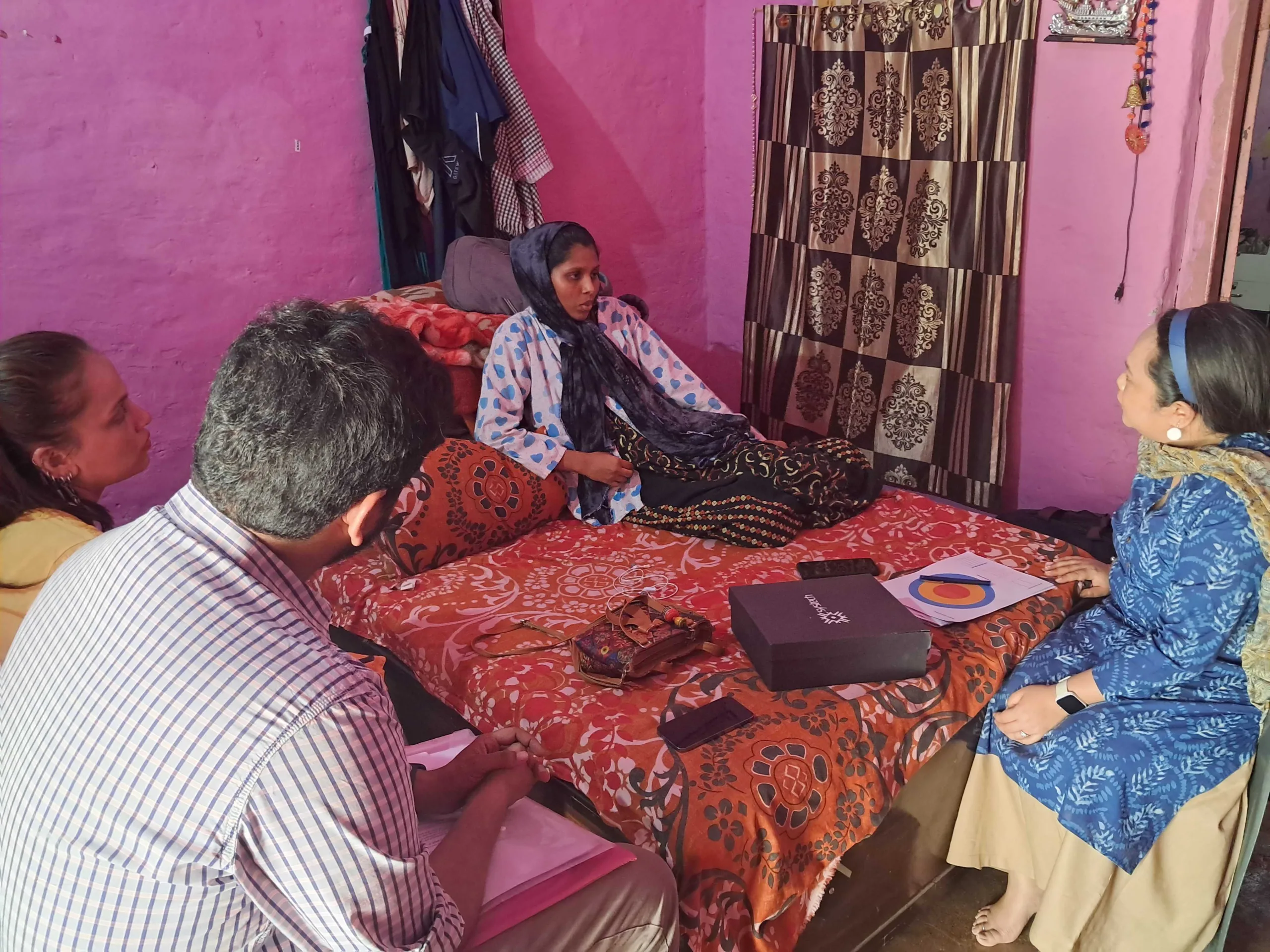
In some Indian cultures, deeply held traditions restrict mothers from consuming “cold” foods after delivery, believing that it harms the child. This classification extends beyond temperature to foods that are considered inherently cooling, such as coconut, spinach, rice, and cauliflower. Often these practices go further, with caregivers restricting the new mother’s diet for weeks or even months. In several parts of North India, for instance, a mother may only be allowed to eat laddoos or daliya which are made with ingredients believed to provide warmth to the body and heal it faster.
Some mothers, on the other hand, voluntarily adhere to these rituals, even in private when no one is monitoring them. “I followed what the hospital said during my pregnancy. But now, of my own accord, I am eating perez ki roti (a type of bread that is typically consumed by women after childbirth, as part of a restricted postpartum diet). The hospital told me to have vegetables, but I do not. It’s not good for both the baby and me,” shared a new mother in Haryana.
This represents a critical point of deflection: Usually, when designing for behavior change, ‘users’ have a recognized problem or pain point that interventions seek to address. The assumption is that individuals are either actively looking for solutions or can be made aware of the benefits of change through targeted communication. Here, however, there is no direct felt need for change — mothers and caregivers are not actively seeking alternatives to their practices, nor do they perceive them as problematic. Instead, the challenge lies in navigating the tension between deeply ingrained traditions and medically-recommended behaviors.
This creates a difficult trade-off: should interventions prioritize reducing immediate resistance by giving in to existing beliefs, or focus on promoting long-term health benefits, even at the risk of pushback? For instance, directly challenging the practice of ‘delivery laddoos‘ could lead to resistance to all medical advice. However, a more gradual approach that integrates medical recommendations without dismissing traditions could drive lasting change.
When medical guidance clashes with deeply held traditions, the challenge isn’t just that people may hesitate to adopt new behaviors — it’s that they may actively reject them.
This rejection can further entrench existing practices, making future shifts even harder. This triggers several reflective design questions:
- How might we design for critical decisions when user intent and need are absent?
- How might we create simple, actionable medical advice when users feel they don’t need it?
- How might we design health programs to bridge the gap between medical advice and cultural practices, making evidence-based recommendations feel like valuable choices rather than imposed mandates?
3. Designing for information vs. designing for action
“I don’t have so much knowledge since this is my first time, so my mummy or any elders who know about these things talk to me about it,” shared a new mother in Madhya Pradesh.
The pregnancy journey is a whirlwind of information, with a constant flood of advice coming from all directions. Some mothers shared how they got bits of information from everywhere — other mothers, family members, doctors, nurses, Anganwadis (maternal and child care centers), and more. But when everyone’s experiential knowledge comes into play, it often carries a slick layer of confirmation bias and status quo bias lurking beneath the surface. These sneaky biases tip the scales toward familiar practices and past experiences, even when fresh, more effective approaches are right there waiting to be embraced.
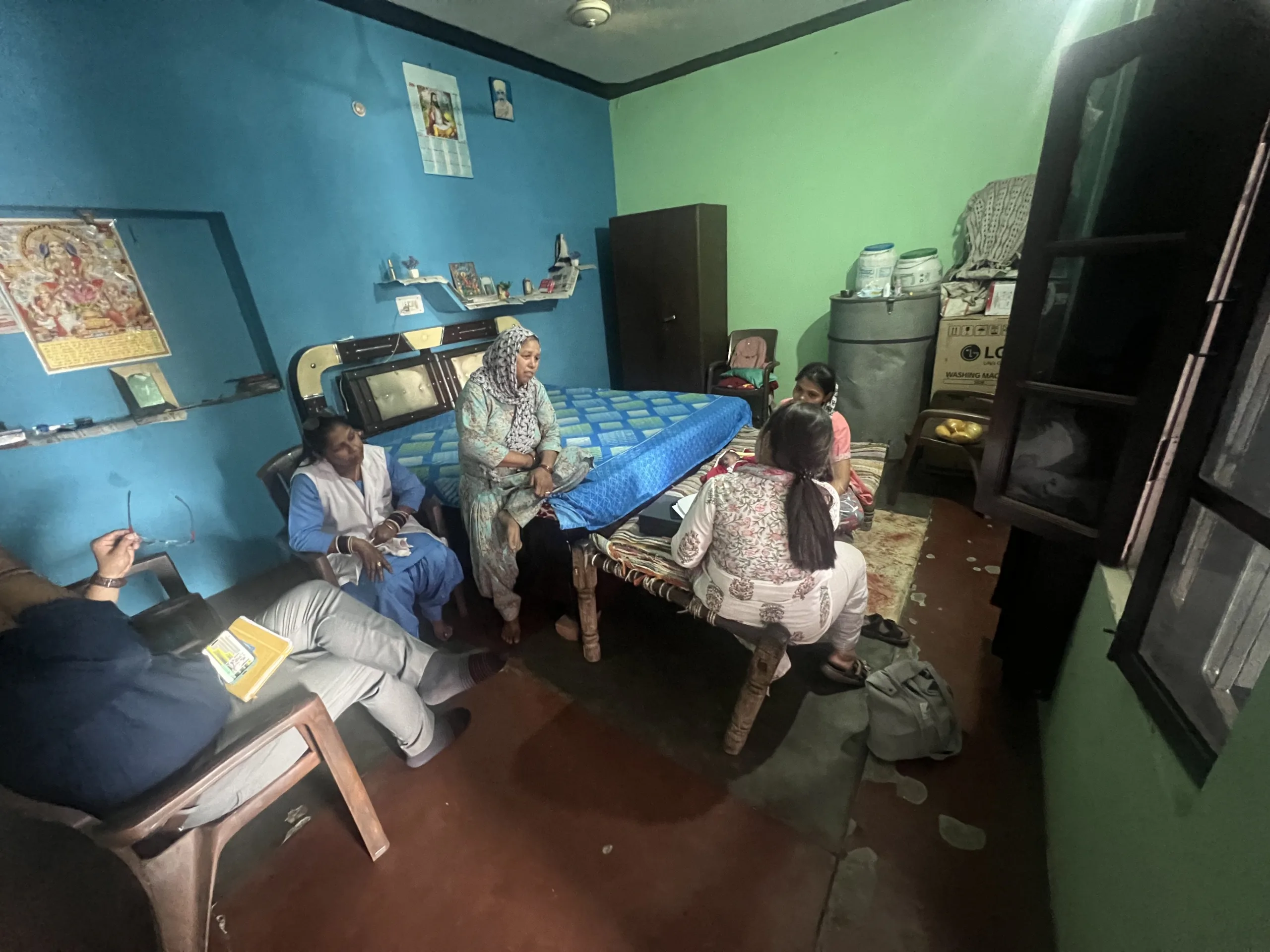
In contexts like these, shifting from designing for informed decisions to designing for agency highlights the critical gap between knowing and doing — one does not necessarily lead to the other. While we might be able to equip mothers with data — such as the consequences of not choosing exclusive breastfeeding or the benefits of kangaroo care — we cannot guarantee that they will act on the knowledge. This would require a mother to weigh this information against deeply ingrained habitual behaviors and ultimately change them, which is a difficult thing to do for any of us.
However, designing to systemically enhance women’s agency ensures that they not only have access to information but also the support, resources, and confidence to act on it effectively. One approach we’re exploring is continuously refining the WhatsApp messages sent as part of our mobile follow-up service, ensuring they are easier for patients and caregivers to understand and act on. Habit stacking is another. For example, in India, it’s a common practice to massage new mothers and newborns for a month after birth. Embedding Kangaroo Mother Care into this familiar routine would require minimal effort, while significantly improving the baby’s health.
As a public health design researcher, these challenges are both constraining and deeply thought-provoking. They are a reminder of how important it is to constantly consider these ever-evolving, nuanced principles and the deeper realities of people’s lives when designing interventions and programs, especially when the focus and goal of these efforts are on actual behavior change.
